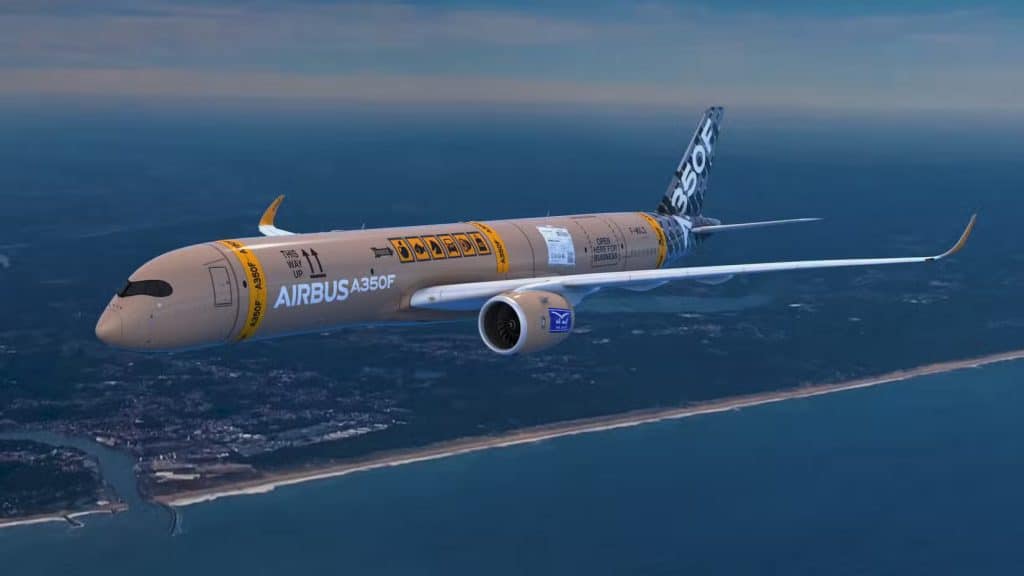Subtotal: 19.99 $
Aviation News
Airbus Reaffirms A350F Service Entry Goal For 2027, Despite Delay Concerns
Just as doubts circulated, Airbus reaffirmed the A350F EIS for the second half of 2027, assuring you prototypes are in assembly and will enter certification trials so you can plan fleet decisions accordingly. Be aware of engine delivery delays and XWB-97 maintenance shortfalls that pose operational risk, but note the program’s upside: the freighter promises a 15% fuel and emissions improvement and greater route flexibility for your cargo operations.
Airbus A350F Overview
You’ll find the A350F is the freighter derivative of the stretched A350‑1000, powered by the Rolls‑Royce Trent XWB‑97 and slated for EIS in the second half of 2027. Two prototypes are in final assembly and will begin certification trials despite wider supply‑chain slowdowns. Expect a 15% fuel and emissions improvement, a smaller noise footprint and greater operational flexibility versus older freighters, although engine maintenance shortfalls have been flagged by some operators.
Aircraft Specifications
You should note the A350F’s airframe leverages the A350‑1000 stretch, giving you main‑deck cargo flexibility while remaining smaller than the 777‑8F. Airlines will see lower trip costs through that 15% fuel efficiency gain, plus a reduced noise footprint that opens more airports to your operations. Dimensions and exact payload will be finalized in certification, but Airbus positions the type to improve utilization and reduce operating cycles compared with current‑generation heavy freighters.
Engine Performance
The A350F uses the Rolls‑Royce Trent XWB‑97; you should weigh its field record—Airbus reports 99.9% reliability, yet several carriers in the Middle East and Asia‑Pacific have reported shorter on‑wing intervals and delayed engine deliveries that have dented production rates. Certification trials for the two prototypes will scrutinize durability under hot, dusty conditions that exposed those maintenance gaps.
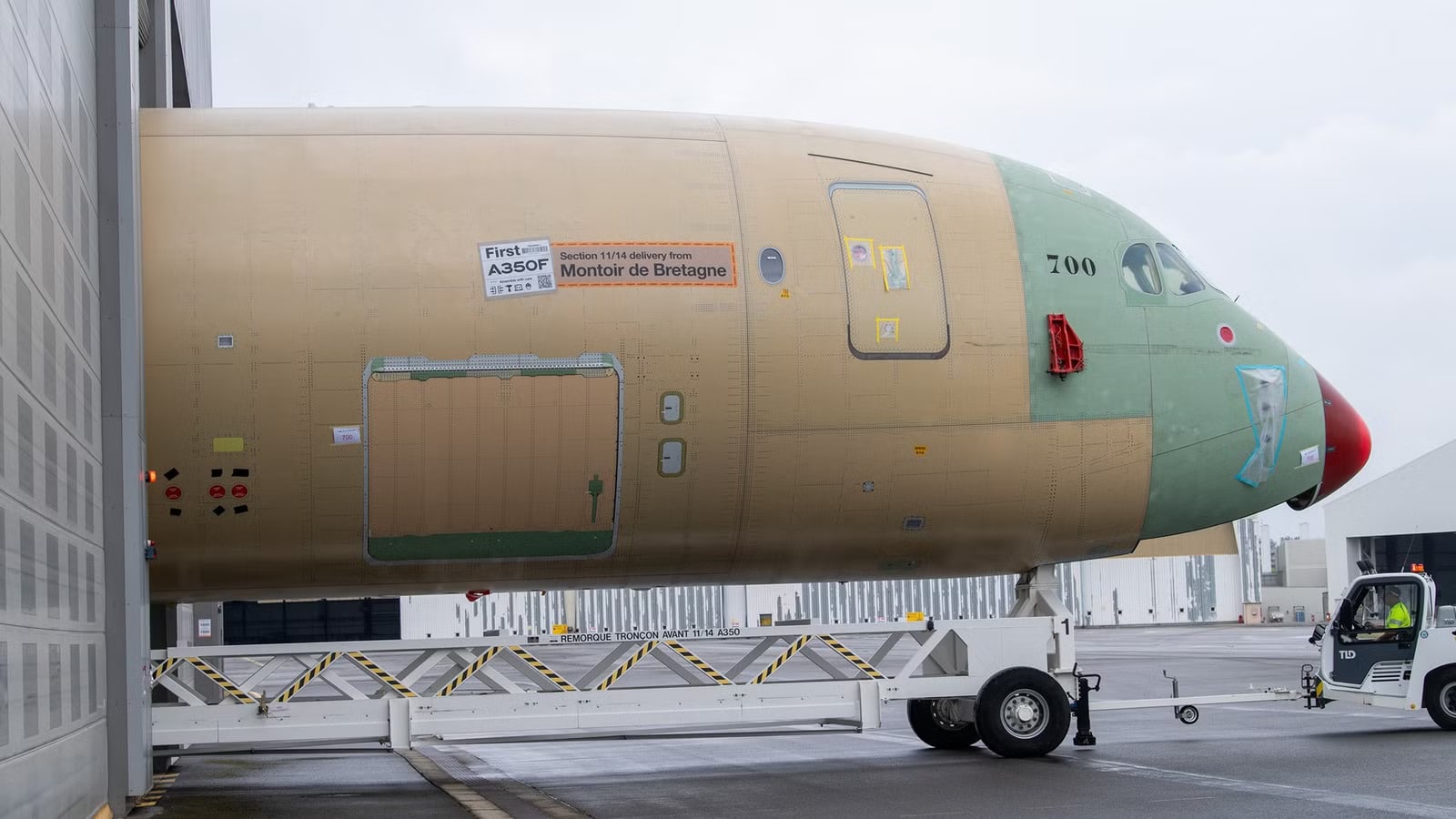
With shorter on‑wing time, you’ll face increased shop visits and higher maintenance costs, particularly where heat and grit accelerate wear; operators in Gulf and Asia‑Pacific climates reported this trend during service. Airbus and Rolls‑Royce are testing modifications and extended ground trials during EASA/FAA certification, and the two prototypes entering trials will provide the empirical data regulators will use to judge whether the XWB‑97 meets your reliability and maintenance expectations.
Certification Process
Certification Agencies
You’ll see Airbus engaging both EASA and the FAA simultaneously for type certification, running joint reviews, safety assessments and compliance checks. The two prototypes will form the backbone of that program, with ground tests, system validations and coordinated witness flights so regulators can sign off on structure, avionics and engine interfaces.
Timeline Expectations
With two prototypes in assembly, Airbus still targets EIS in H2 2027, and you should expect a formal certification window of roughly 12–24 months from start of flight trials to type approval; that aligns with recent large-aircraft programs. Delays in Trent XWB‑97 on‑wing durability tests or supplier parts could compress or extend that timeline.
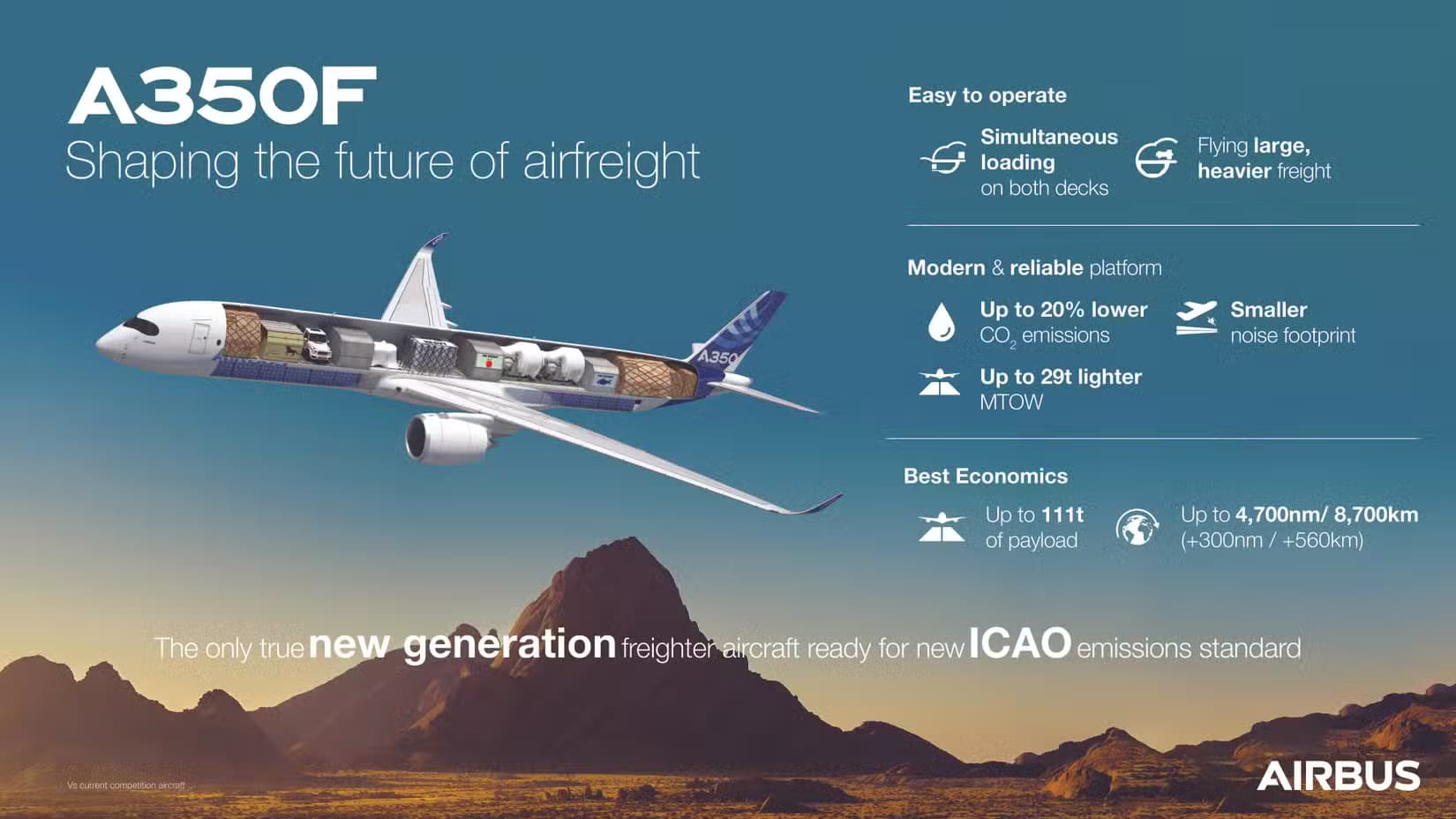
Expect the flight-test campaign to accumulate hundreds to over a thousand flight hours, covering performance, fuel‑burn validation, ETOPS procedures and noise/emissions limits. You’ll see targeted hot‑and‑humid and cold-weather runs because the XWB‑97 showed reduced on‑wing time in Middle East and Asia‑Pacific operations, and any added engine durability cycles or repeat inspections could add weeks to regulatory witness events.
Market Implications
Comparison with Boeing 777X-F
For your fleet planning, the A350F arrives as a second‑half 2027 entrant that’s smaller than the 777‑8F yet offers ~15% fuel and emissions gains; the 777X‑F promises higher volumetric capacity but carries the baggage of a multi‑year 777X delay and production risk. You’ll weigh operational flexibility and airport access against pure payload economics when choosing between the two platforms.
Side‑by‑side comparison
| A350F | Boeing 777X‑F |
|---|---|
| EIS: Second half of 2027 | EIS: Similar timeframe but impacted by the long‑delayed 777X program |
| Size/Payload: Slightly smaller, optimized for flexibility | Size/Payload: Larger unit payload, better for ultra‑high‑volume lanes |
| Efficiency: ~15% fuel/emission improvement vs older twins | Efficiency gains expected but offset by higher capacity needs |
| Engine note: Trent XWB‑97 shows 99.9% field reliability despite on‑wing time concerns | Program risk higher due to development delays and production challenges |
| Market view: Seen as the safer, newer twinjet option | Market view: Preferred where unit‑cost per ton-mile matters most |
E-commerce Demand for Air Cargo
With e‑commerce volumes pushing time‑sensitive freight higher, you’ll find the A350F tailored to fast, frequent routes: it gives you lower per‑flight fuel burn, opens quieter secondary airports, and supports growth on Asia‑Europe and intra‑Asia lanes where delivery windows are tight.
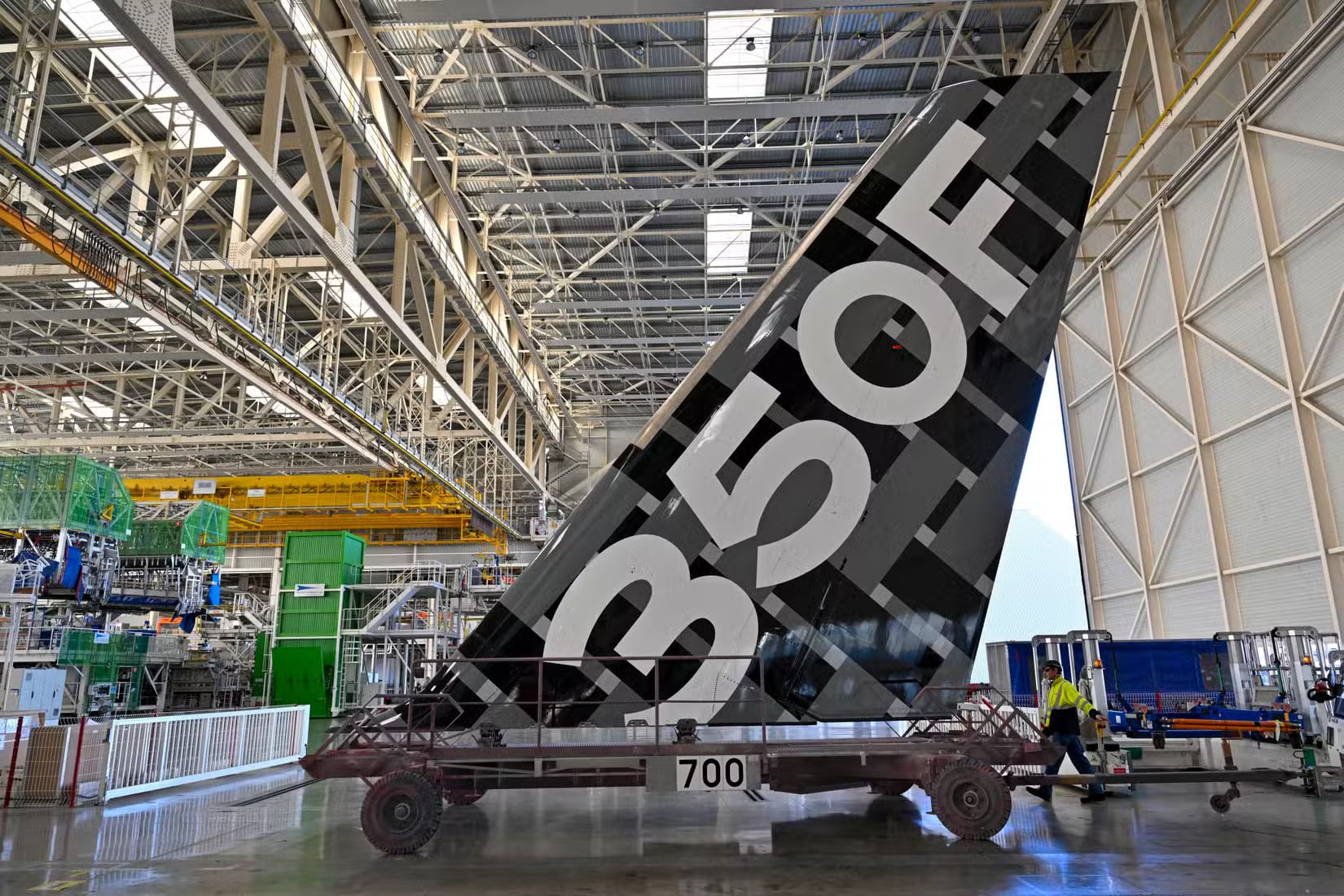
Operationally, you can deploy A350Fs on high‑frequency express rotations while reserving larger 777X‑Fs for peak, bulk lanes; carriers such as integrators and large e‑tailers prioritize aircraft that cut turnaround and fuel costs, so your network planning should favor aircraft mix that balances the A350F’s flexibility with the 777X‑F’s volume economics.
Operational Efficiency
For your operations the A350F promises tangible gains: 15% fuel efficiency and emission improvement versus older freighters and a smaller noise footprint that can open quieter airports. At the same time you must factor in ongoing supply chain slowdowns and reported shorter on‑wing intervals for the XWB‑97 in hot, dusty regions; plan routes, block times and spare‑engine pools around those realities to maximize utilization once EIS in the second half of 2027 arrives.
Fuel Efficiency and Emissions
You’ll see direct cost and regulatory benefits from the A350F’s powertrain: the airframe-plus-XWB‑97 package targets a 15% reduction in fuel burn and CO2 compared with legacy widebody freighters, lowering per‑tonne costs and improving slot access at noise‑restricted airports. Given rising e‑commerce demand, that efficiency translates into longer ranges for the same fuel budget and the ability to serve thinner routes profitably.
Maintenance Reliability
You should note that while Airbus touts the XWB‑97’s 99.9% in‑service reliability, operators in the Middle East and Asia‑Pacific have reported on‑wing times below expectations due to harsher environmental conditions, forcing earlier shop visits. Those mixed signals mean you must adjust maintenance planning and contractual reserves when forecasting aircraft availability.
Digging deeper, you’ll want to model maintenance around regional realities: high temperatures and dust can accelerate life‑limited parts and consumables, so carriers operating in ME and APAC have shifted inspections forward and increased spare parts inventories. Airbus and Rolls‑Royce are responding with enhanced health‑monitoring data and tailored maintenance advisories; if you build extra buffer into rota planning and spare pools, you can retain the A350F’s advertised higher utilization and lower unit costs despite localized shorter intervals.
Competitive Landscape
You should note that the A350F will enter a market where timing and efficiency matter: Airbus still targets EIS in 2H 2027 while Boeing’s 777X-F arrives on a similarly delayed schedule. Supply-chain slowdowns and the XWB-97’s mixed on-wing performance in the Middle East and Asia-Pacific create risk, yet Airbus points to a 15% fuel-and-emissions improvement versus older widebodies and 99.9% engine reliability in-service as competitive advantages.
Airbus vs. Boeing
You can see Airbus leading on deliveries and market confidence: the A320 family passed 12,250 units, and Airbus has outpaced Boeing by hundreds of aircraft annually since 2020. Boeing’s half-decade 777X delay and the 737 MAX grounding dented operator trust, so your fleet planning now weighs Airbus’s steadier output and the A350F’s operational gains against Boeing’s legacy freighter footprint.
Market Trends and Insights
You’ll find carriers shifting to twin-engine freighters as express and e-commerce lanes grow, favoring aircraft that cut costs and access more airports. The A350F’s 15% fuel advantage, lower noise and maintenance promises directly target those needs, making it attractive for integrators and flag carriers looking to boost frequency on high-yield routes.
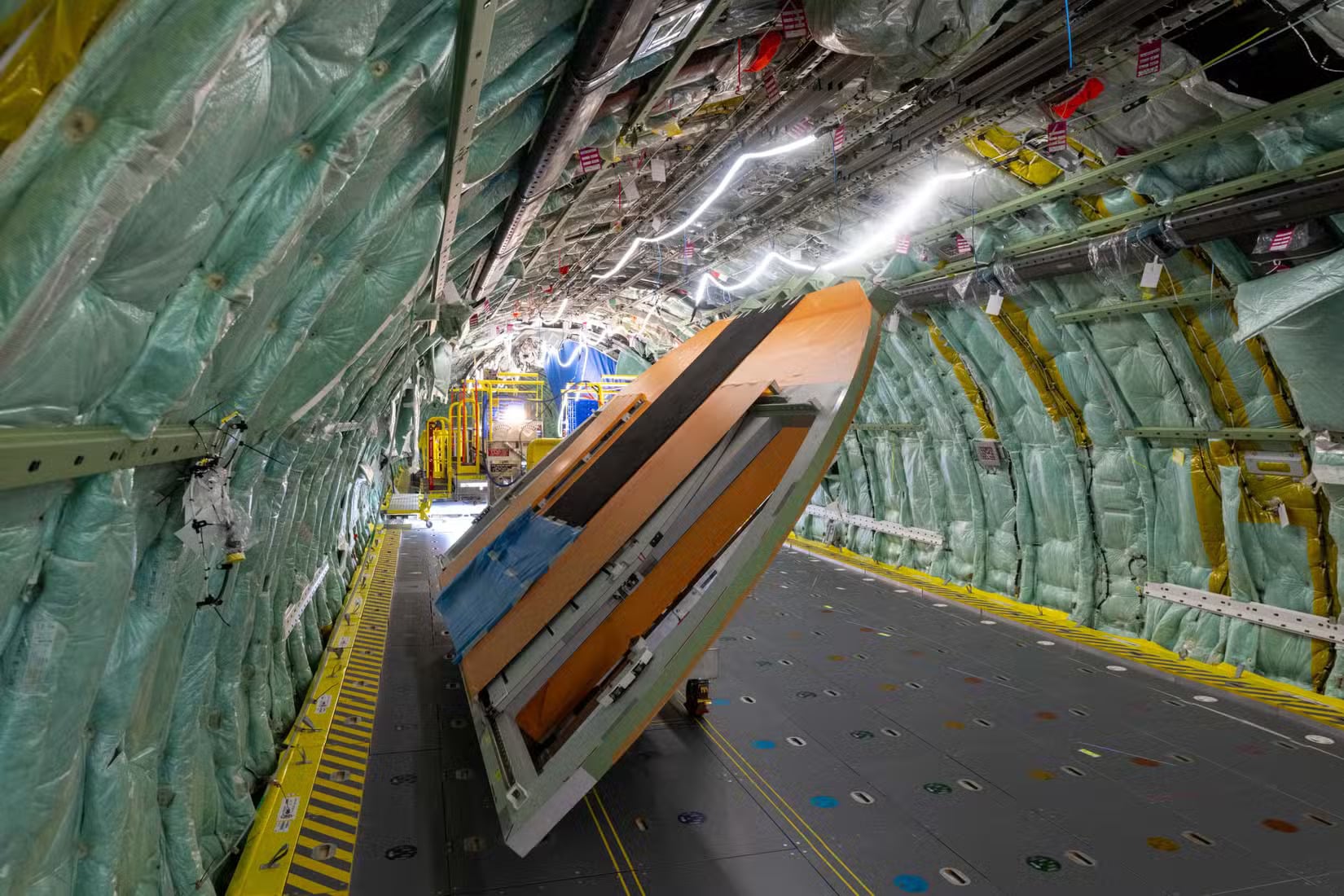
You should also factor regional demand and fleet renewal: with 747 and A380 freighter production finished, operators in Asia-Pacific and the Middle East—where export cargo lanes surged during the pandemic—are replacing four-engine types with twinjets. Example: integrators that operated 747-400Fs are negotiating A350F and 777X-F leases to gain payload flexibility and lower trip costs, accelerating retirements and reshaping freighter order books.
Industry Challenges
You face a landscape where supply-chain slowdowns and engine delivery issues compress production and planning; Airbus cut its annual target from just over 800 to the high 700s, the first two A350F prototypes remain in assembly, and type certification is still slated for the second half of 2027. That convergence forces you to reassess fleet timing, contingency spares and contract flexibility as carriers jockey for limited freighter slots.
Supply Chain Issues
When you evaluate schedules, note that delayed deliveries — notably for the Rolls‑Royce Trent XWB‑97 — have slowed output across the A350 line, creating longer lead times for rotables and composite components. Airlines in your position are seeing stretched procurement cycles and tighter spare-part pools, which raises costs and complicates transition plans to the A350F.
Maintenance Concerns
You should factor that some operators in the Middle East and Asia‑Pacific report on‑wing time shorter than promised for the XWB‑97, prompting earlier-than-expected shop visits; Airbus counters with a field reliability claim of 99.9% uptime, but the gap between that metric and reported maintenance cadence remains a planning headache.
Digging deeper, your maintenance teams will confront increased AOG risk and pressure on MRO capacity if environmental stressors keep lowering on‑wing intervals; carriers have responded by expanding spare pools and negotiating performance-based support with OEMs and Rolls‑Royce, while fleet planners are building buffer rotations to protect utilization and revenue streams.
To wrap up
Ultimately, Airbus’s reaffirmation that the A350F will enter service in the second half of 2027 gives you clearer timing for fleet planning and market positioning; while supply‑chain and engine issues warrant close monitoring, Airbus’s certification and production roadmap signals the freighter will be competitive on efficiency, operating costs and route flexibility, so you should factor the A350F into your cargo strategy for mid‑2027 deployment.


